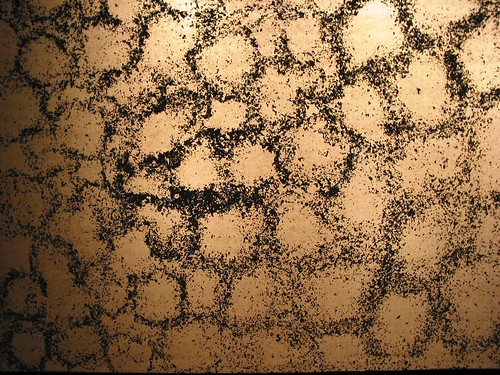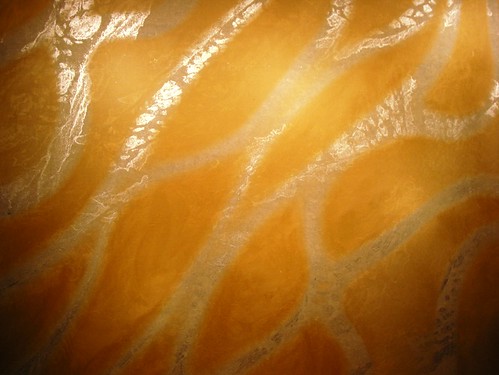Hawaii entertainers are altering and sometimes canceling their tours in Japan
The impact of last month's earthquake, tsunami and nuclear disaster in Japan continues to ripple through Hawaii's entertainment and arts communities.
Some of the same performers who have been donating their talents to disaster relief efforts in Hawaii have had to cancel long-scheduled shows in Japan because many venues are no longer functioning, rolling blackouts are affecting large swaths of the country, and there are understandable concerns about radiation leaks from the damaged nuclear reactors.
Add to that the still-unknown costs of rebuilding, the tremendous personal losses, and the feeling shared by many Japanese that it is wrong to enjoy oneself when so many others are suffering such a great misfortune, and it's no wonder that some entertainers have canceled their tour dates.
Jack Johnson was in Osaka for his "To The Sea" tour when the earthquake struck March 11. He performed there as scheduled several hours later but postponed his remaining stops in Sendai, Budukha, Fukuoka and Tokyo. On Friday the singer-songwriter announced he was canceling the remainder of his Japan tour because he wouldn't be able to work in rescheduled concert dates.
Johnson, who performed at the April 10 Kokua for Japan fundraiser at the Hilton Hawaiian Village, also said he is donating $50,000 to GlobalGiving's Japan Earthquake and Tsunami Relief Fund.
Grammy winner Daniel Ho said he had a tour in June that was canceled, but he will be playing dates at the end of June in Okinawa, Osaka, Tokyo and Fukuoka for the U.S. Embassy's American Centers.
"We want to support Japan in the little ways we can," Ho said Friday via email. "We have many family and friends there."
A spokeswoman for ukulele virtuoso Jake Shimabukuro said he will be going to Japan as planned this summer although a television appearance scheduled for the end of this month was postponed.
"(Jake) needed to find out whether it was safe enough to go or not," Yukari Takai said via email. "But now it seems that things got a little better so Jake has decided to go not just to do the filming but also a charity concert. … We are planning to have his annual summer tour as scheduled."
Robert Cazimero had a Japanese tour scheduled for late last month but now will be going sometime in July, according to Leah Bernstein, spokeswoman for the Mountain Apple Co. record label.
Raiatea Helm was in Tokyo with Elmer "Sonny" Lim Jr. and Bryan Tolentino when the quake hit, Bernstein added, and her tour was also cut short.
The Makaha Sons were 30 minutes from landing at Narita Airport when the earthquake and tsunami hit. Their flight was diverted to Kansai and they arrived in Tokyo the following day.
"We did one show there, (but) two other luncheon shows got canceled because they were afraid of the rolling blackouts that started, and also a lot of our fans from the affected areas just couldn't make it," said singer-guitarist Jerome Koko.
"We're still waiting to hear if we'll have any of our other shows or performances canceled. We do our northern (Japan) shows every other year, and this year all our shows are in the southern or Tokyo area. … If you had a show in the impacted areas, your show is surely canceled. For now we just send all our love and prayers to all of our family and friends in Japan."
Hawaiian music recording artist Eric Lee, just back from performing in Tokyo, is one of those who is eager to return to show his support for the disaster-wracked nation. He will perform this summer in Shinjuku, Miyazaki, Hiroshima, Fukuoka and Okinawa.
"When I was in Shinjuku last week, I did notice a diminished supply of drinks in the convenience store. Some stores were completely sold out of water by 10 a.m.," Lee said via email Friday. "But I feel it's important to keep going to directly help to help keep their spirits up and encouraging them to keep moving forward through our music and dance."
On the other hand, "Territorial Airwaves" host Harry B. Soria Jr., a popular concert emcee on both sides of the Pacific, said via email that he will not be going to Japan as usual for sakura (cherry blossom season) because of the conditions there. Soria was among those questioning whether the Japan disaster may affect attendance at this month's Merrie Monarch Festival in Hilo, which always draws a large contingent of fans from Japan.
Grammy-nominated slack-key master Cyril Pahinui said he usually travels to Japan with the winning Merrie Monarch halau, and that plans for a separate trip later this year are still on.
While he didn't have a professional engagement booked, Bill "Billy V" Van Osdol, morning announcer on Hawaiian 105 KINE, said he canceled his annual "spring break" vacation to Hokkaido after rising radiation levels were registered in the eastern coastal city of Yokusuka.
"My wife said, ‘No, we're not going,' so we canceled our personal plans," Van Osdol said Friday. "The entertainers who are still going, like Nathan Aweau, are going to places that aren't anywhere near the earthquake.
"It's hard for some of the people over there to hold concerts and activities where there's ‘joyful music,' and the closer you get to the disaster area the more likely they are to hold back. Only now with the opening of baseball and some of the other events, people are starting to see a somewhat normal lifestyle that includes entertainment like ours."
Hawaii's musicians are not the only members of the arts community to be affected by the Japan disaster. The earthquake and its aftermath scuttled plans by the Honolulu Academy of Arts to send to Japan its touring exhibit of works by famed Japanese artist and printmaker Hokusai.
"The Japanese really wanted (the exhibition)," academy spokeswoman Lesa Griffith said, but concerns about potential radiation exposure contaminating the art or harming the curators resulted in the tour's cancellation.
She could not give an estimate of how much revenue would have been generated by the touring exhibit, but said it was more important to protect the artwork from inadvertent radiation exposure.
Ironically, Hokusai's best known work, "The Great Wave off Kanagawa," shows what is generally perceived as a tsunami, although art experts say it is actually "a large wave of the open sea" and not a tsunami.












